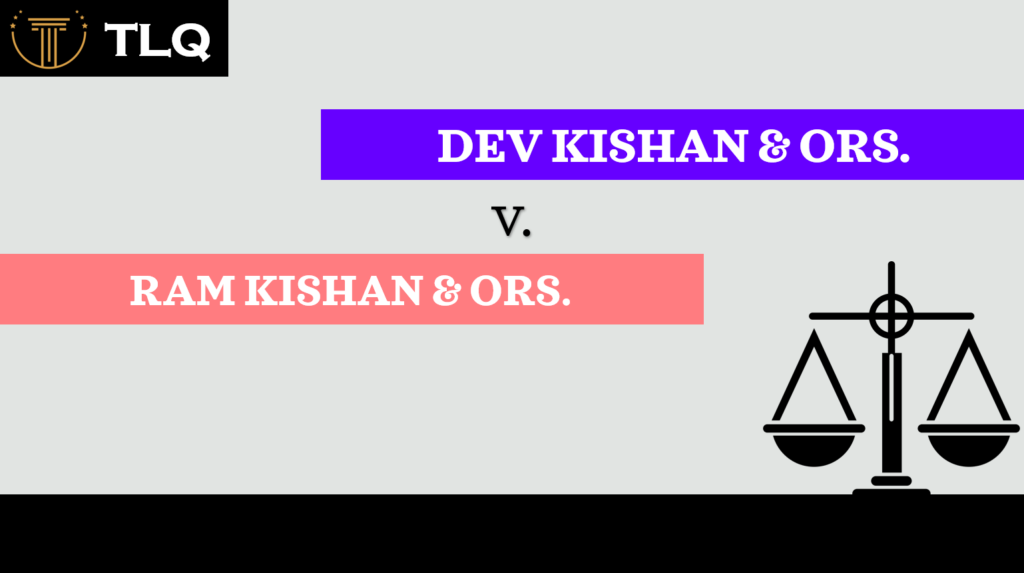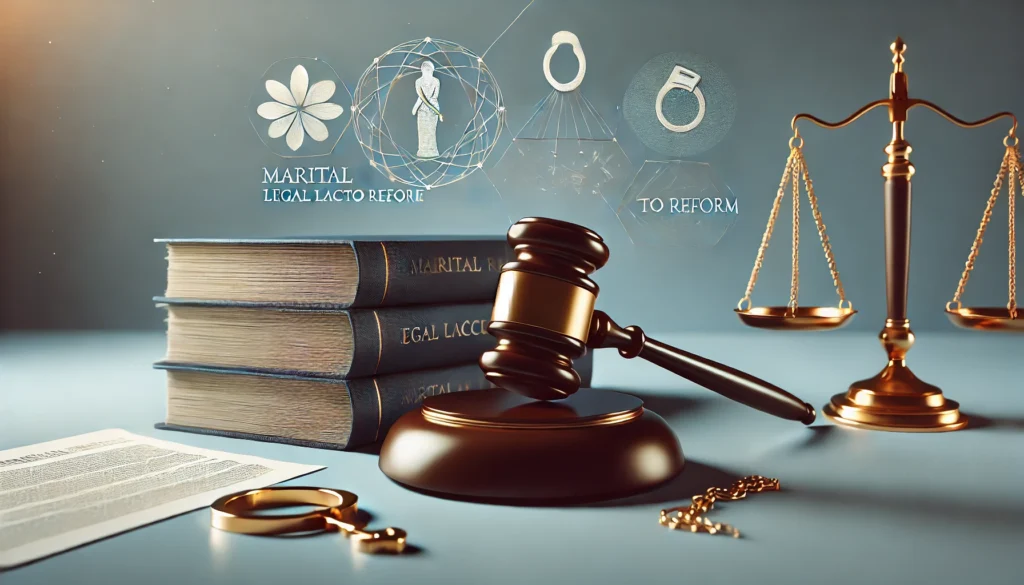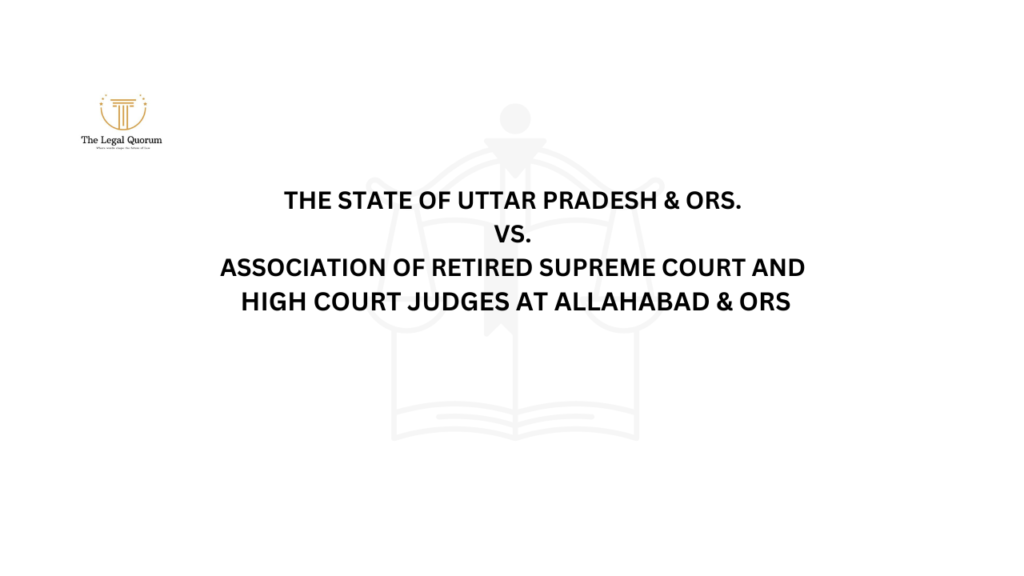Published on 29th July 2025
Authored By: Nyasha Kaushik
SKJ Law College, Muzaffarpur, Bihar
Introduction
The Bhartiya Nyaya Sanhita (BNS), 2023, marks a pivotal reform in India’s criminal justice landscape. It replaces the Indian Penal Code (IPC) of 1860, a colonial legacy that governed criminal law for over 160 years. The BNS aims to bring about a justice delivery system that is not only modern and efficient but also fair and aligned with constitutional values. This comprehensive evaluation focuses on the significant impact the BNS is likely to have on police and procedural reforms in India.
The BNS introduces a streamlined, digitized, and victim-centric approach to criminal law. It addresses long-standing issues such as delays in justice delivery, misuse of police powers, and lack of accountability. The legislation incorporates recommendations from various law commissions and Supreme Court directives and focuses on three core pillars:
- Ensuring time-bound justice
- Enhancing transparency and accountability
- Promoting the use of technology in criminal proceedings
The BNS is structured to support a shift from colonial legal machinery to a democratic, people-oriented legal system. It stresses legal empowerment, improved accessibility, and responsiveness to socio-legal realities. Its introduction is a decisive move to synchronize criminal law with modern-day requirements.
Key Provisions Impacting Police Reforms
- Modernization of Police Processes
The BNS mandates electronic registration of First Information Reports (FIRs), digital recording of statements, and the use of digital forensic tools. This ensures efficiency and minimizes the chances of manipulation or data loss.
- Example: Section 173 of the BNS allows the electronic transmission of charge sheets and case documents, reducing procedural delays and improving coordination between police and prosecutors.
Additionally, the BNS supports the implementation of e-portals for complaint registration and tracking of investigation status. This reform aims to reduce face-to-face interactions, which often result in corruption or inefficiencies.
Digital evidence, video conferencing for statements, and biometric identification for criminal records have been given statutory support. These steps not only modernize police operations but also improve accountability and transparency.
- Enhanced Accountability and Oversight
To curb misuse of power, the BNS provides for the constitution of oversight bodies that monitor police functioning. Police officers are made answerable for lapses in investigation or non-compliance with legal provisions.
- Example: Section 41A of the BNS requires prior approval from senior officers for certain arrests, thus ensuring supervisory checks.
The law also calls for monthly review reports of police conduct and investigation timelines, to be submitted to district magistrates and oversight boards. Performance-based evaluation for officers and their accountability has been institutionalized.
Moreover, the concept of police accountability has been expanded beyond traditional frameworks to include service delivery standards, complaint redressal mechanisms, and community policing metrics.
- Human Rights Considerations
The BNS incorporates several safeguards to uphold human rights. It builds on the Supreme Court guidelines laid down in D.K. Basu vs. State of West Bengal (1997)[1] to reduce custodial torture and arbitrary arrests.
- Example: Mandatory videography of arrest and interrogation procedures under BNS seeks to protect the dignity of accused individuals.
Furthermore, it mandates medical examination of arrestees within 24 hours, access to legal counsel, and family notification at every stage of the custodial process.
The inclusion of gender-sensitive procedures, provisions to protect minors and mentally challenged individuals, and humane treatment during detention showcase a paradigm shift in how accused individuals are treated.
- Victim-Centric Approach
Unlike the IPC, the BNS gives statutory recognition to the rights of victims, including the right to be heard and the right to be informed. Victims can now participate in bail hearings and have a say in plea bargaining procedures.
- Example: Section 357B of the BNS makes compensation to victims mandatory in certain offences, reinforcing a rehabilitative justice approach.
Victims are also allowed to appoint special representatives or legal advisors during the course of the investigation and trial.
The introduction of victim impact statements, victim support services, and psychological counselling as legal rights further reinforce the humane, empathetic approach envisioned by the BNS.
Procedural Reforms in Criminal Justice System
The procedural changes under BNS necessitate structural and operational reforms in police functioning. These include:
- Time-bound investigation and trial: The BNS mandates that police complete investigations for minor offences within 90 days and for major offences within 180 days. This timeline is enforceable through judicial review.
- Forensic and scientific evidence: BNS encourages the use of DNA evidence, narco-analysis, and polygraph tests, but with strict court oversight and the consent of the accused to avoid abuse.
- Zero FIR and mobility: Citizens can file FIRs at any police station, irrespective of jurisdiction, facilitating access to justice. The complaint must be transferred digitally within 24 hours to the appropriate jurisdiction.
Other key changes include digital case diaries, tracking of court processes, integration of police databases with judicial portals, and mobile policing through GPS-enabled units.
These procedural reforms ensure reduced delays, minimize human discretion, and promote the use of technology in investigation and prosecution.
Challenges in Implementation
- Resistance to Change
Police departments are typically hierarchical and resistant to rapid change. Transitioning to digital systems and new procedures may meet bureaucratic inertia.
- Case Study: Despite directions in the Prakash Singh vs. Union of India[2] judgment to insulate police from political interference, most states have failed to establish functional Police Complaints Authorities.
Officers often view oversight and transparency mechanisms as impediments to operational efficiency.
Institutional resistance stems from fear of increased scrutiny, the discomfort of learning new systems, and uncertainty regarding role changes.
- Resource Constraints
Effective modernization requires significant investments in technology, training, and infrastructure, which may be lacking, especially in rural and backward areas.
- Example: Many police stations across India still lack basic internet connectivity, making digital evidence storage and management a challenge.
Lack of trained digital forensic experts, functional cyber cells, and proper facilities can also stall investigations and lead to case backlogs.
This challenge is further complicated by the uneven distribution of resources among states and districts.
- Ambiguity and Discretion
Certain provisions of the BNS, while progressive, are vaguely worded and could be misused by police officers in the absence of clear operational guidelines.
- Case Reference: In Joginder Kumar vs. State of UP (1994)[3], the court emphasized the need to check police discretion in arrests, a concern that persists under loosely drafted sections of the BNS.
Also, the burden of interpretation lies heavily on junior officers with limited legal training, increasing chances of arbitrary application.
This raises the need for standard operating procedures (SOPs), judicial oversight, and continuous capacity building.
Relevant Case Laws and Judicial Contributions
- Prakash Singh vs. Union of India (2006)
This landmark ruling laid down seven directives for police reform, including fixed tenure for officers, separation of investigation from law and order, and setting up Police Establishment Boards.
- Relevance to BNS: The accountability mechanisms in BNS are a legislative response to these judicial directives.
- D.K. Basu vs. State of West Bengal (1997)
The Court framed detailed guidelines to prevent custodial torture and mandated that the arrested person must be informed of their rights.
- BNS Integration: Videography and documentation of arrests as per BNS are in line with this case law.
- Joginder Kumar vs. State of Uttar Pradesh (1994)
The Supreme Court ruled that arrests should not be made routinely and must be justified on legal grounds.
- BNS Alignment: Provisions requiring written reasons for arrest and approvals mirror this principle.
- State of Gujarat vs. Kishanbhai (2014)[4]
This judgment stressed on police training and accountability in investigation lapses.
- Impact: BNS mandates skill-based training in investigation techniques.
- Sheela Barse vs. State of Maharashtra[5]
Recognizing the rights of undertrials, especially women and children, the court emphasized humane treatment.
- BNS Relevance: Gender-sensitive procedures and the protection of child witnesses have been codified.
- Lalita Kumari vs. Government of Uttar Pradesh (2013)[6]
This case held that registration of FIR is mandatory for cognizable offences.
- Application in BNS: The BNS codifies this obligation, with added digital filing mechanisms.
Comparative Analysis with IPC
|
Criteria |
IPC, 1860 |
BNS, 2023 |
|
Colonial Legacy |
Drafted by British legislators |
Drafted by Indian lawmakers |
|
Victim Rights |
Minimal |
Statutorily recognized |
|
Technological Integration |
Absent |
Extensive |
|
Human Rights Emphasis |
Implied |
Explicit and codified |
|
Police Oversight |
Weak |
Stronger, with accountability provisions |
|
Time-bound Procedures |
Not specified |
Clearly defined |
|
Forensic Use |
Rare |
Encouraged and detailed |
|
Community Policing |
Unaddressed |
Encouraged |
|
Investigation Quality |
Variable |
Professionalized and monitored |
Recommendations for Effective Implementation
- Capacity Building: Intensive training programs on BNS provisions, forensic techniques, and human rights for police personnel.
- Digital Infrastructure: Provision of funds and IT resources to enable digitization across police stations.
- Public Awareness: Educating citizens about their rights under BNS can create demand-driven accountability.
- Monitoring Mechanisms: Establishing State and District-level BNS Oversight Committees for review and feedback.
- Legal Literacy: Introducing BNS-related legal literacy modules in police training academies and law schools.
- Stakeholder Coordination: Strengthening coordination among police, judiciary, forensic labs, and legal aid bodies.
- Policy Feedback Loops: Periodic review of BNS implementation, with inputs from civil society and legal experts.
- Technology Integration Plans: Phase-wise rollout of digital tools, supported by central and state grants.
- Community Engagement: Promoting citizen-police dialogue through local forums to foster mutual trust.
- Research and Documentation: Building empirical data around BNS impact to guide future legal reforms.
Conclusion
The Bhartiya Nyaya Sanhita, 2023, is a transformative legal instrument aimed at overhauling the Indian criminal justice system. Its emphasis on procedural reform, transparency, and victim-centric justice marks a departure from colonial-era practices. For police forces, this transition presents both an opportunity and a challenge. The successful implementation of BNS depends on political will, administrative commitment, and civic engagement. If these align, the BNS could usher in a new era of justice in India that is swift, fair, and rooted in constitutional morality.
By recognizing the crucial link between police conduct and the rule of law, the BNS lays a foundation for a justice system that respects dignity, ensures fairness, and upholds the rights of all stakeholders. The next few years will be pivotal in determining whether this legal revolution transforms policing and criminal justice or merely becomes another reform on paper. Therefore, persistent follow-up, institutional readiness, and empowered citizens will be key to realizing the promise of the Bhartiya Nyaya Sanhita, 2023.
References
[1] AIR 1997 SC 610, (1997) 1 SCC 416
[2] Prakash Singh vs. Union of India (2006)
[3] 1994 AIR 1349, 1994 SCC (4) 260
[4] 2014 AIR SCW 557, 2014 (2) AJR 684
[5] 1983 (SC) 378
[6] AIR 2014 SUPREME COURT 187, 2013 AIR SCW 6386




